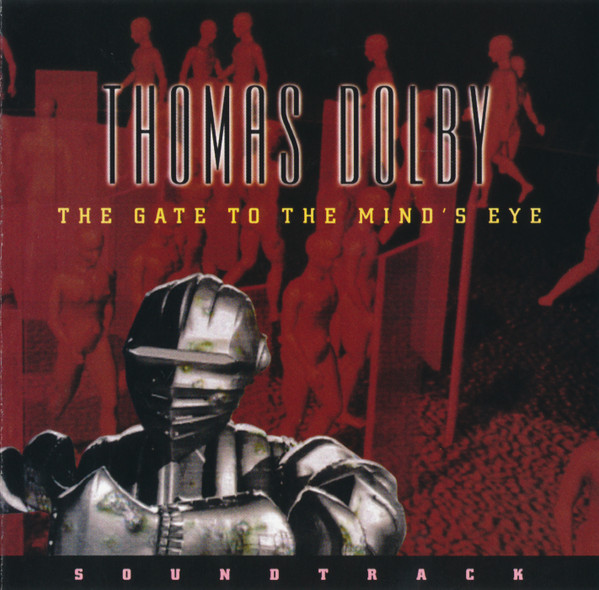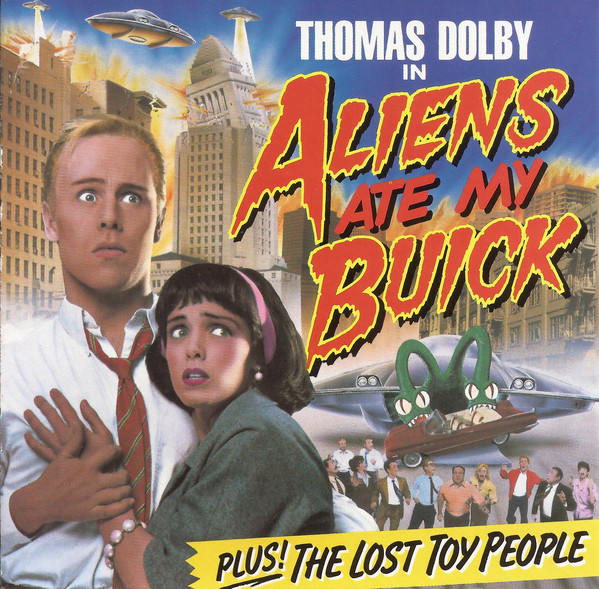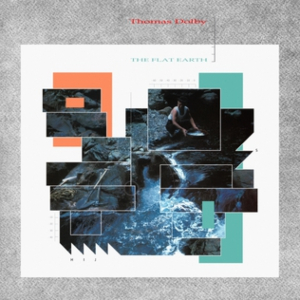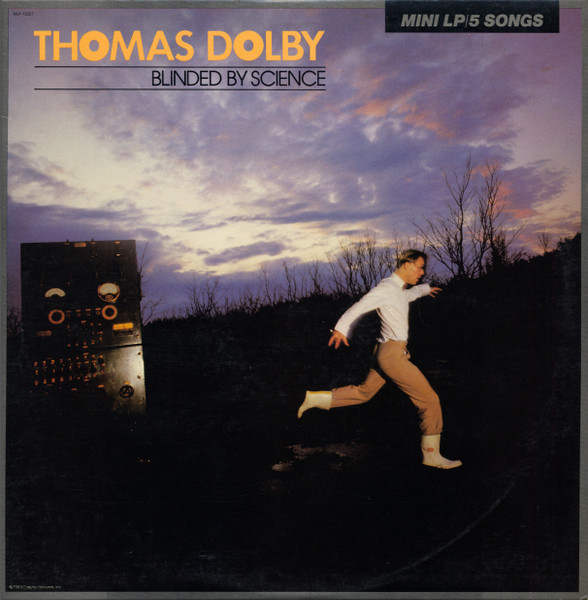 When we last left Thomas Dolby, he was writing music for video games. In that period away from the record business he went even further into emerging technology, creating tools and content for interactive applications, including ringtones. So when he finally did return to the commercial marketplace in the new century, it was with an album that tied in with a online multiplayer game that we don’t think is accessible anymore. (We looked.)
When we last left Thomas Dolby, he was writing music for video games. In that period away from the record business he went even further into emerging technology, creating tools and content for interactive applications, including ringtones. So when he finally did return to the commercial marketplace in the new century, it was with an album that tied in with a online multiplayer game that we don’t think is accessible anymore. (We looked.)A Map Of The Floating City was conceived and recorded on a restored lifeboat deposited in the back garden of his English home. While his musical technology has kept up with the times, it still sounds like a Thomas Dolby album. (Old friends like Matthew Seligman, Kevin Armstrong, and the woman who sang on “Hyperactive!” show up in the credits.) There is a loose concept to be discerned within the sections of the album, which had been released as themed online EPs in the months leading to the full release of the album, although in a different order than the tracks appear here. But anyway.
Urbanoia is the first part, and it’s an apt description. “Nothing New Under The Sun” is the bold opening statement, with clever rhymes and sardonic wit that seems to poke fun at himself, even stating “any fool can write a hit” at one point. As fresh as that track sounds, “Spice Train” is driven by the wacky synth sounds most people would associate with the guy, with lots of exotica touches that are kinda distracting from the lyrics. “Evil Twin Brother” is another travelogue, and features prominent vocals not only in Russian by Regina Spektor, but also the guy who sang the original Pokémon theme. “A Jealous Thing Called Love” has something of a bossa nova feel filtered through Bacharachian horns, redeemed by a killer chorus.
While the horns carry over onto the doomed love story in “Road To Reno”, the journey moves sideways for the Amerikana section. “The Toad Lickers” is near Cajun bluegrass, and a little too silly. But with its piano and fretless bass, “17 Hills” is a lovely turn away from some of the gimmickry we’ve heard so far, and right when the drums come in, so does Mark Knopfler, soloing tastefully over the balance of the track. Something of a Sinatra pastiche, “Love Is A Loaded Pistol” keeps us safe in the low-key if melancholy mood.
“Oceanea”—the “title track” of the last section—is even dreamier, with a simple yet haunting theme played on guitar, and even lovelier when the verses are sung by Eddi Reader. The island feel and return to bossa nova on “Simone” seems a little too much like a retread, and while “To The Lifeboats” stays too much in that mode, the loud bridge helps shake things up.
While it stumbles shortly after it starts, A Map Of The Floating City eventually finds its way through all the styles to deliver a satisfying listen. A nice surprise indeed. (Those who picked up the limited double-disc edition got instrumental mixes of the songs.)
Thomas Dolby A Map Of The Floating City (2011)—3





